1世紀~西のローマ・東の漢・中東のイエス~ Rome of Western, Han of Eastern and Jesus of Middle East

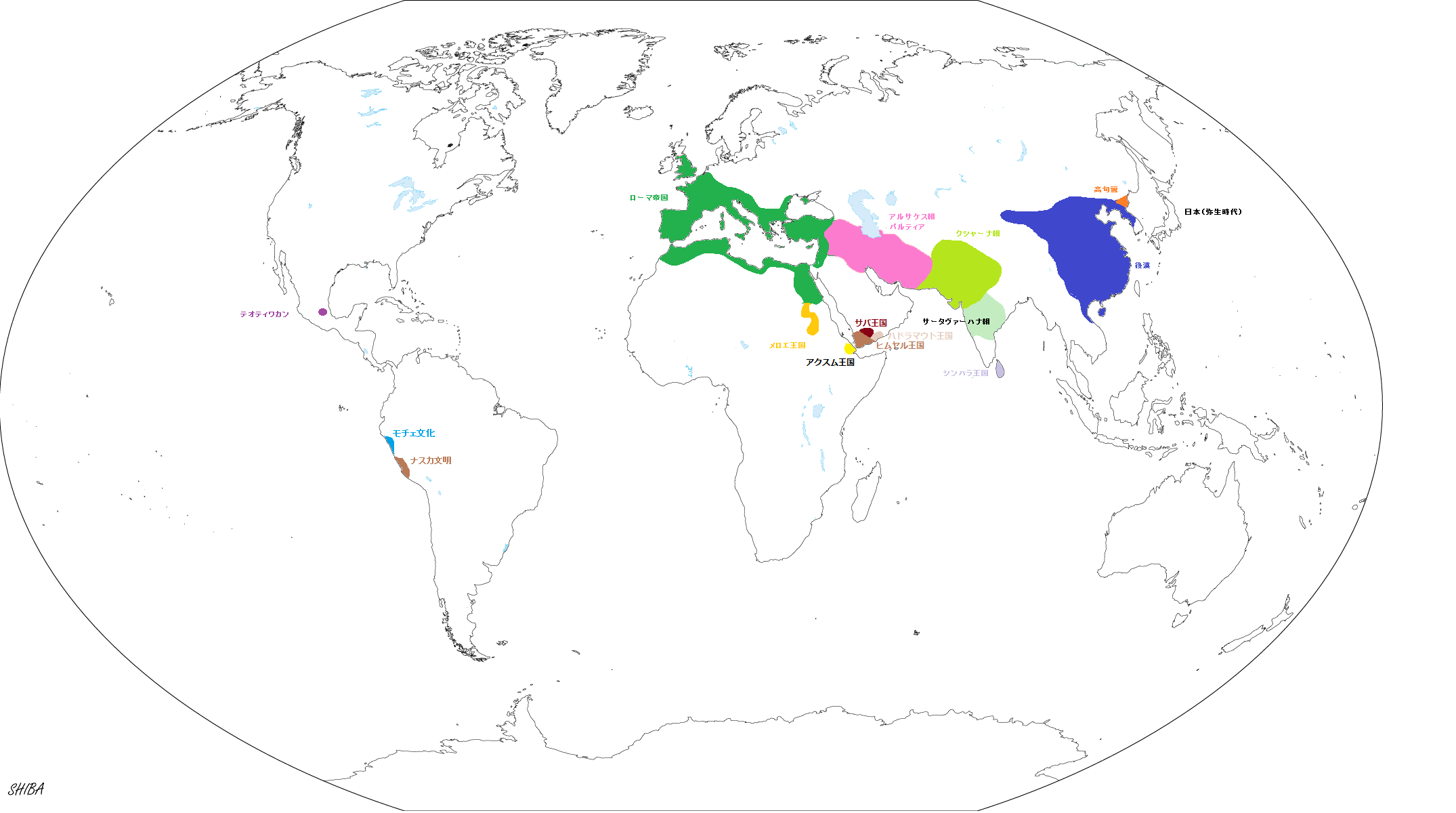
前(準備中) ← → 次(2世紀~ローマの平和と紙と仏像~)
1世紀出現した重要人物としては、イエス・キリストが挙げられます。というより、彼の生まれた年が本来西暦1年と決められたので、当然彼の生きた時代は1世紀となります。(1世紀とは西暦1年から100年までの百年間)。もっとも厳密には彼の生まれた年と西暦との間には若干のズレがあるようですが・・・
An important figure who appeared in the 1st century was Jesus Christ. Rather, the year he was born was originally determined to be 1st AD, so naturally he lived in the 1st century. (The 1st century is the 100 years from 1st to 100th AD). Strictly speaking, there seems to be a little lag between the year of his birth and the Christian era…
もくじ
中東(イスラエル/パレスティナ) Middle East(Israel/Palestine)
イエスが生まれたのは現在のイスラエルで、当時はローマ帝国の支配下にありました。イスラエルといえばユダヤ教の本拠地なわけですが、彼はそのユダヤ教を改革しようとしたため、反対するユダヤ教徒によって処刑されてしまいます。イエスの教えはその後ペドロをはじめとする弟子によってローマ帝国や中東へ広まり、やがては世界宗教キリスト教となっていきます。
Jesus was born in what is now Israel, which at the time was under the control of the Roman Empire. Israel is the home of Judaism, and because he tried to reform Judaism, he was executed by the Jews who opposed him. Jesus’ thought spread to the Roman Empire and the Middle East through his disciples, including Saint Peter (Pedro), and eventually became the world religion, Christianity.
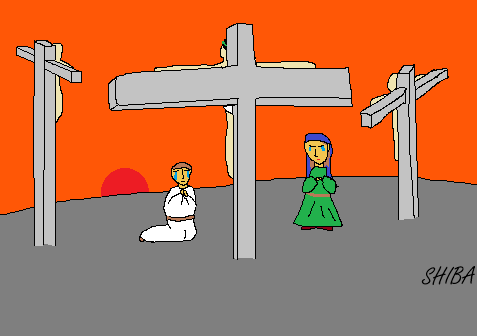
しかし当時のローマ帝国は独自の宗教(多神教)を重んじており、一神教のキリスト教は新興宗教として時に危険視されました。そのためキリスト教がローマ皇帝に受け入れられるまでこの先300年もの長い月日が必要となります。
However, the Roman Empire at the time valued its own religion (polytheism), and monotheistic Christianity was sometimes viewed as dangerous as a new religion. Therefore, it would take 300 years for Christianity to be accepted by the Roman Emperor.
一方のユダヤ教徒もローマ帝国による支配に我慢がならなくなり、66年に反乱を起こします。しかし、結局鎮圧され、エルサレムの神殿を破壊されてしまいました。
The Jews, on the other hand, could no longer bear the rule of the Roman Empire and started a rebellion in 66 AD. But they were eventually suppressed and the temple in Jerusalem was destroyed.
ヨーロッパ(ローマ帝国) Europe (Roman Empire)
さて、そのローマ帝国ですが、1世紀当時はオクタヴィアヌス(アウグストゥス)により帝政が始まったばかりでした。そのため帝位を巡る争いも頻発しましたが、社会全体を見れば、内乱続きだった紀元前1世紀よりは安定していました。
At the time of the 1st century, the Roman Empire had just begun imperial government under Octavian (Augustus). As a result, conflicts over the imperial throne often occurred, but society as a whole was more stable than in the 1st century BC, when civil wars continued.
54年にはネロ皇帝が即位します。この人物はローマで大火災が起きた際、それをキリスト教徒のせいにして彼らを弾圧したり、財政が危うくなると貴族から無理やり富を奪い取ろうとしたりと、強引な政治を行ったとされ、ローマ帝国有数の暴君として知られます。しかし豪華なイベントを何度も開催したため、民衆からの人気は高かったとされます(もっともそれが財政難の原因なのですが…)。
In 54, Emperor Nero enthroned. He is said to have imposed tyranny, blaming Christians for the great fire that broke out in Rome and oppressing them, and trying to forcefully steal wealth from the aristocrats when the financial crisis arose. Known as a tyrant. However, it is said that it was very popular with the public because it held many luxurious events (although this was the cause of its financial crisis…).
経済面を見ると、ローマ帝国が地中海沿岸を丸ごと手にしたことで交易が盛んになり、また属州となった各地から、小麦、ワイン、金といった富がローマにもたらされることになります。逆に属州へはローマ風の文化や風習が伝わり、人々の「ローマ化」が進みました。
From an economic perspective, trade flourished as the Roman Empire acquired the entire Mediterranean coastline, and wealth such as wheat, wine, and gold were brought to Rome from various regions that became provinces. On the other hand, Roman-style culture was transmitted to the provinces, and the “Romanization” of the people progressed.
東アジア East Asia
ユーラシアの東では漢王朝が新たな局面を迎えていました。皇帝一族と血縁関係にあった王莽という人物が王朝を乗っ取り、国名を「新」に改めます。王莽は、貧富の格差を解消しようと土地改革に乗り出しますが、反対する者も多く、結局大反乱(赤眉の乱)が起きました。
In eastern Eurasia, the Han(漢) dynasty was entering a new phase. A man named Wang Mang(王莽), who was related to the imperial family, usurped the dynasty and changed the country’s name to Xin(新). Wang Mang embarked on land reform to eliminate the disparity between rich and poor, but many people opposed it, and in the end a great rebellion (Red Eyebrow Rebellion) broke out and the reform ended in failure.
王莽の死後、皇帝の遠縁だった劉秀が即位。都も都が長安から洛陽に遷されたため、以後の漢王朝は後漢と呼ばれています。1世紀後半にはおおむね国内も安定し、また後の時代中国社会の根幹をなす儒教の教えも浸透していきます。一方、皇帝の力は必ずしも地方には及ばず。ここ豪族が広大な土地(荘園)を経営し、力を蓄えていきました。
After Wang Mang’s death, Liu Xiu(劉秀), a distant relative of the emperor, ascended the throne. The capital was also moved from Chang’an(长安) to Luoyang(洛阳), so the subsequent Han dynasty is called the Eastern Han(東漢). By the latter half of the 1st century, the country was generally stable, and the teachings of Confucianism, which would form the basis of later Chinese society, began to spread. On the other hand, the power of the emperor did not necessarily extend to the local areas Here, powerful families managed vast lands (manors) and accumulated power.
日本は弥生時代の真っ只中で、各地の”ムラ”が徐々に大型化して、”クニ”へと発展していく途上でした。クニの君主達の中には、虎の威ならぬ「漢の威を借る」者も出現します。彼らは海を渡って後漢へ使いを派遣し、その臣下になることで、皇帝の”お墨付き”を得ようとしました。漢委奴国王が漢の皇帝から金印をもらったのは、西暦57年と言われています。
Japan was in the middle of the Yayoi(弥生) period, and the village in various places were gradually developing into kingdom. Among the rulers, there are those who borrow the power of Han. They sent messengers across the sea to the Eastern Han Dynasty, hoping to gain the emperor’s approval by becoming his vassals. It is said that in 57 A.D, the King of “Na”(奴) received a golden seal from the Emperor of Han.
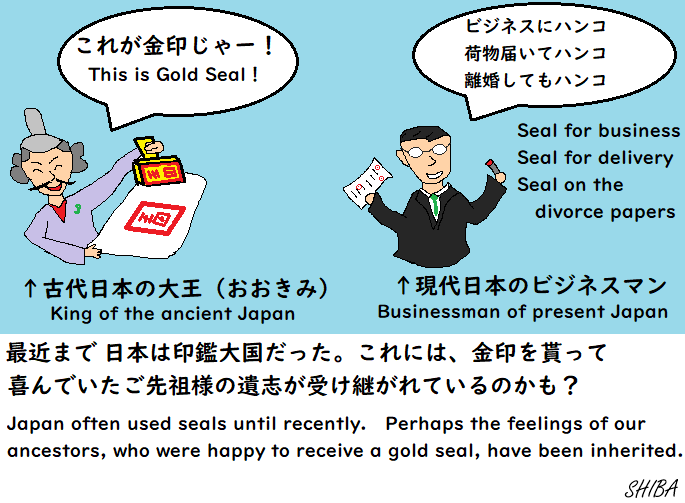
インド・イラン India and Iran
ローマと後漢という大帝国がユーラシアの東西で安定を見せたことで、両者をつなぐ交易路も発展していきます。インド北部のクシャーナ朝(クシャン帝国)やインド南部のサータヴァーハナ朝、現イランのパルティア王国は、東西をつなぐ交易の中継地として栄えました。
As the great empires of Roman empire and the Eastern Han brought stability in the east and west of Eurasia, trade routes connecting them began to develop. The Kushan dynasty (Empire) in northern India, the Satavahana dynasty in southern India, and the Parthian kingdom in present-day Iran prospered as a trading hub connecting east and west of the continent.
アメリカ大陸 America
アメリカ大陸については不明点が多いのですが、南米では後に地上絵を遺したことで知られるナスカ文化、鮮やかな土器を多数製造したモチェ文化が興りました。中米(メキシコ)でもテオティワカンを中心とした都市文明が出現しています。
There are many unknowns about the Americas. In South America, the Nazca culture, known for leaving behind geoglyphs, and the Moche culture, which produced a large number of vivid earthenware, arose. In Central America, an urban civilization such as Teotihuacan also emerged.
主な出来事(Events)
8 王莽、帝位を奪い、新王朝建設(中国)
14 ローマ初代皇帝オクタヴィアヌス(アウグストゥス)没
18 赤眉の乱(中国)~25
25 劉秀、漢を再建し皇帝に即位(光武帝)。後漢成立(中国)
30頃 イエス、エルサレムのゴルゴダの丘で処刑される。弟子たちによりキリスト教成立
40 徴姉妹、漢に対し反乱起こす(ベトナム)~43
48 遊牧民匈奴、南北に分裂(東アジア)
57 漢委奴国王、金印を授かる(日本)
64 ローマ大火 皇帝ネロ、キリスト教徒に罪を着せ弾圧。
66 ユダヤ人の対ローマ反乱~70(パレスティナ)
79 ヴェスヴィオ火山噴火 ポンペイの街、灰に埋もれ滅ぶ。(ローマ帝国)
80 コロッセオ完成(ローマ帝国)
94 後漢の班超、西域(現在の新彊ウイグルなど)を服属させる(中国)
96 ネルヴァ帝即位。五賢帝時代始まる(ローマ帝国)
年号不明
中央アジアのクシャーナ朝、北インドに進出(南アジア)
現在のペルーに、ナスカ文化、モチェ文化出現(南アメリカ)
『エリュトゥラー海案内記』作られる
8 Wang Mang(王莽) usurped the throne and establishes Xin(新) dynasty. (China)
14 Octavian (Augustus), first emperor of Rome, passed away.
18 Red Eyebrow Rebellion (China)~25
25 Liu Xiu(劉秀) rebuilds Han(漢) and becomes Emperor Guangwu(光武帝). Eastern Han(東漢) dynasty was built. (China)
around 30 Jesus is executed on Golgotha Hill in Jerusalem. Christianity was established by the disciples. (Palestine)
40 Trưng sisters revolted against the Han. (Vietnam)
48 The nomadic Xiongnu(匈奴) were divided into north and south. (East Asia)
57 King of Na(奴) received the gold seal. (Japan)
64 Great Fire of Rome. Emperor Nero accused Christians of crimes and oppressed them.
66 First Jewish–Roman War (Palestine)
79 Mount Vesuvius erupted and the city of Pompeii was buried in ash. (Roman Empire)
80 Colosseum completed. (Roman Empire)
94 Ban Chao(班超) subjugated the Western Region. (China Xinjiang)
96 Emperor Nerva ascended the throne. Time of Five Good Emperors began.
(Year unknown)
The Kushan dynasty of Central Asia expands into northern India. (South Asia)Nazca culture and
Moche culture emerged in present-day Peru. (South America)
“Periplus of the Erythraean Sea” was written.
前(準備中) ← → 次(2世紀~ローマの平和と紙と仏像~)


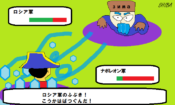
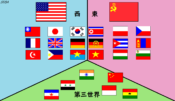

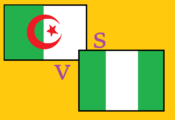
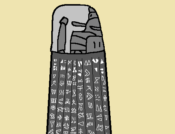
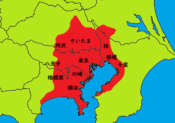
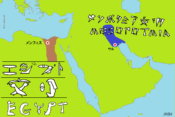
Comment
こちらの同時代世界史シリーズを、メモを取りながら拝読しています。
ざっくりのバランスがとても良いので、理解しやすくて有難いです。
もしお気が向かれましたら、それぞれを1〜2回ぐらいのボリュームで「神聖ローマ帝国」「ビザンチン」「イスラムとペルシャの歴史」などもまとめていただけませんでしょうか。
特に神聖ローマ帝国は、巷にある読み物は詳しすぎるものばかりで混乱しています。
大まかな流れを理解できるようなあらすじ的なものを書いていただいたらとても嬉しいです!
当サイトをご覧いただき、ありがとうございます。同時代世界史は、自分としてもかなり力を入れて作っているつもりなので、「理解しやすい」と言って戴けると大変うれしく思います。「神聖ローマ帝国」については私もまだまだ勉強中なのですが、せっかくリクエスト戴きましたので、本腰を入れてまとめてみたいと思います。気長にお待ちいただければ幸いです。
ご返信ありがとうございます。
楽しみにお待ちしています。
ご無理のない範囲で!